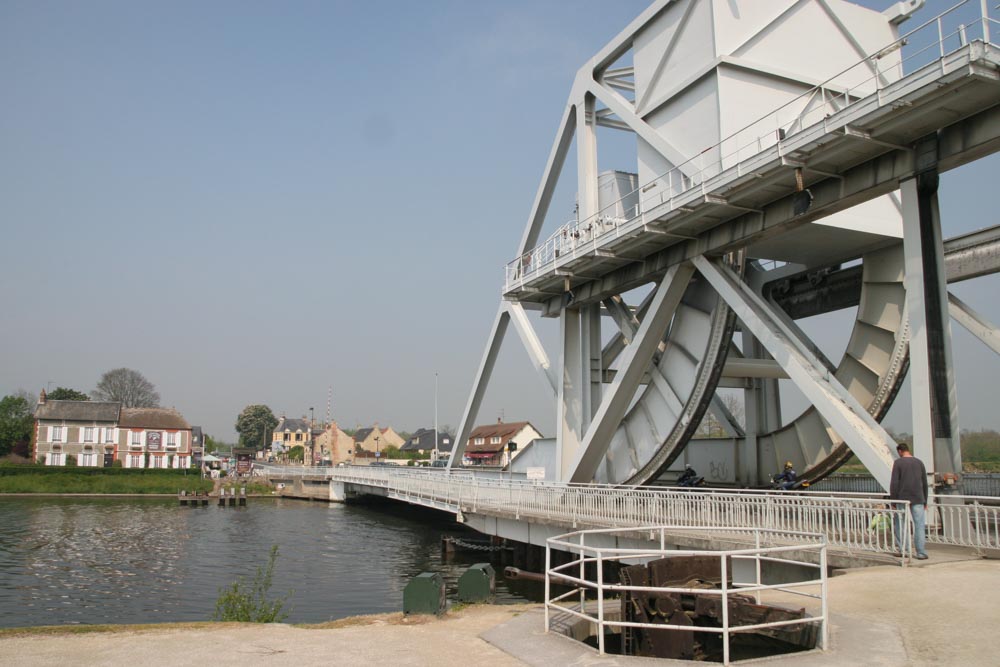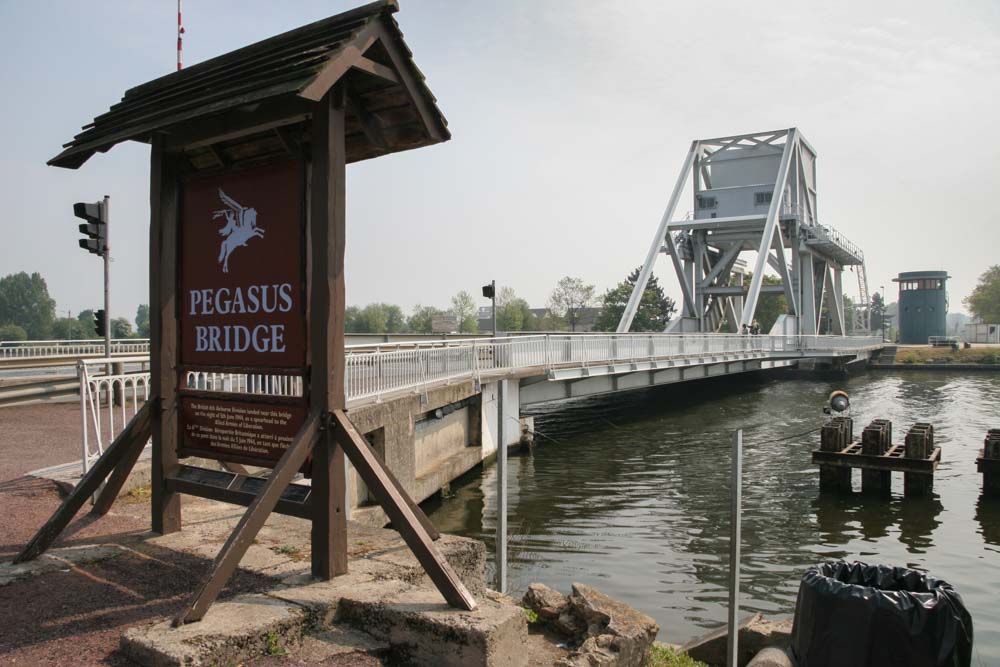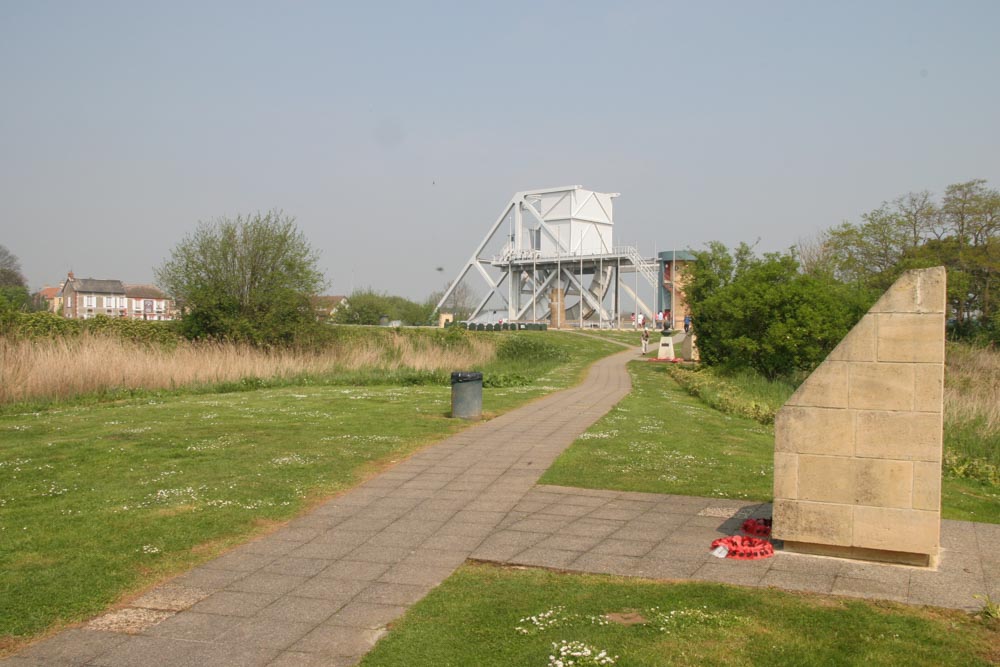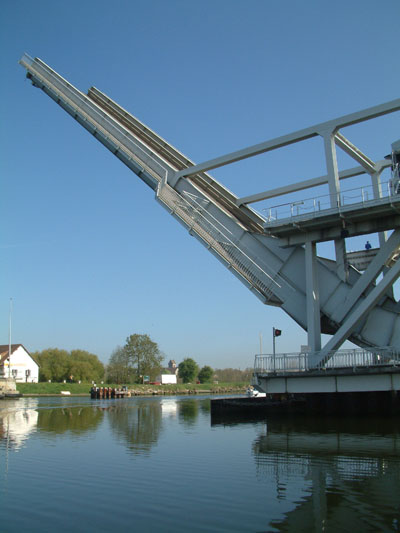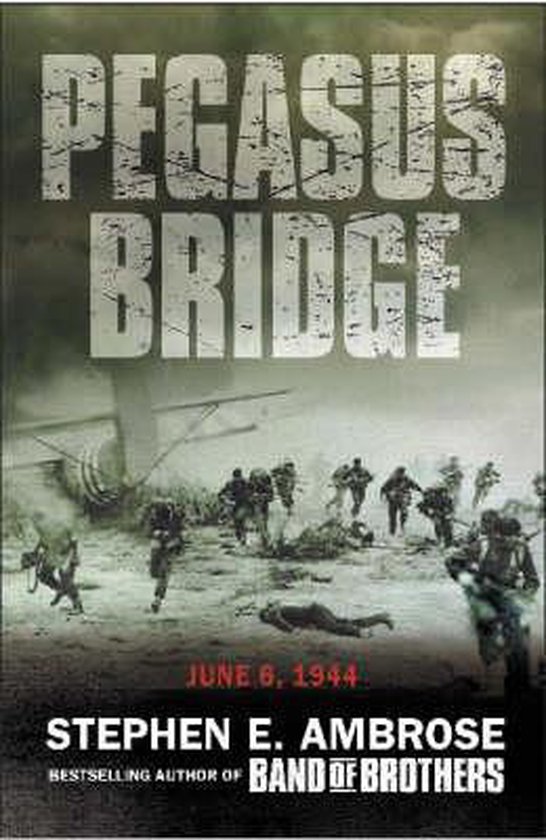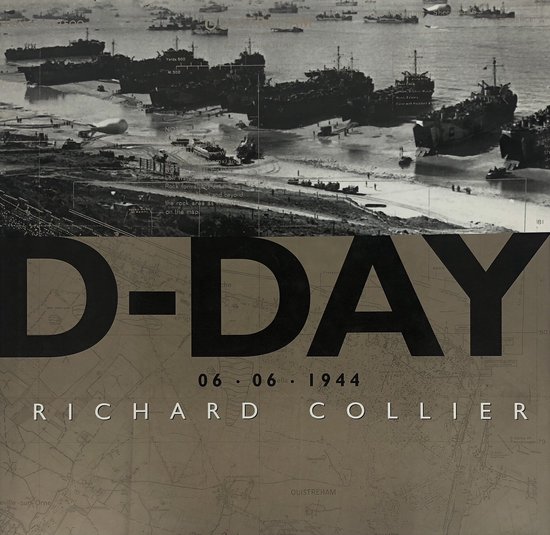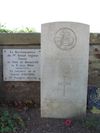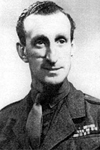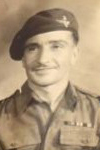Pegasus Bridge
The French Benouville is located between the coastal town of Quistreham and Caen in the province of Normandy. During the invasion of Western Europe in June 1944, called Overlord, it was a very important place to occupy and guard the eastern flank. The bridge over this canal would become a very strategic target for the airborne troops.
The Attack Plan
The objective of the British 6th Airborne Division during the invasion was to secure this area as an eastern flank. This meant that several bridges had to be destroyed over which the Germans could send reinforcements. A number of German batteries also had to be destroyed. Finally, the bridges over the Orne at both the French hamlet of Ranville and Benouville had to be captured.
English paratroopers would be dropped in several Horsa gliders near the bridge to capture it with the element of surprise. This was because the Allies were afraid that the Germans would blow the bridge up before reaching it. The plan was that these bridges could serve as a springboard to advance for the soldiers of the invasion boats.
Ham and Jam
The attack of the paratroopers is beautifully filmed in the war classic The Longest Day in which the unit is the first Allies to fight the German defenders. The English are led by Major John Howard who is today honored with a bust next to the bridge where the gliders landed in the early morning of June 6, 1944.
Exactly as planned, the bridge was captured within 20 minutes and the code message Ham and Jam could be sent that the operation was successful. The next day the British troops led by Brigadier General Lovat would relieve them. The café Gondrée near the canal bridge was the location where the wounded were cared for during this period.
The Flying Horse
In honor of the British airborne troops, the drawbridge over the Caen Canal was already called the Pegasus Bridge from summer 1944. The bridge received the name Pegasus, because the British airborne troops had the winged horse as their shoulder insignia.
In 1993 the bridge was replaced by a stronger bridge more resistant to the increasingly heavy traffic. The original bridge was transferred to the parachute museum next door. Café Grondee is still standing next to the bridge, and you can get a cup of coffee here and imagine yourself back in wartime. Around the bridge are some original war pieces such as artillery.
Three plaques indicate the exact spot where the gliders landed at the time. Also here is the bust of Major Howard next to a large sign that says Pegasusbridge.
Do you have more information about this location? Inform us!
Source
- Text: Cheapskatetravel.nl
- Photos: Arjan Vrieze (1, 2, 3), Cheapskatetravel.nl (4), Ewoud van Eig (5)
Related videos
Related books
Nearby
Museum
- Memorial Pegasus Ranville - Ranville
- Museé du débarquement nº 4 Commando - Ouistreham
- The Grand Bunker Atlantic Wall Museum - Ouistreham
Point of interest
- Bofors 40mm luchtafweerkanon - Bénouville
- Café Gondree - Bénouville
- Info Board Operation Goodwood - Bénouville
Monument
- Memorial Pegasus Bridge - Bénouville
- Memorial Liberation Bénouville - Bénouville
- Glider Marker 1 Bénouville - Bénouville
Cemetery
- Commonwealth War Graves Bénouville - Bénouville
- Commonwealth War Graves Ranville - Ranville
- Commonwealth War Cemetery Ranville - Ranville
Fortification
- Anti Tank Gun Pegasus Bridge Bénouville - Bénouville
- Widerstandsnest 12 Chateau D'eau - Vf58d - I - Ouistreham
- Widerstandsnest 12 Chateau D'eau - 610 - Ouistreham
